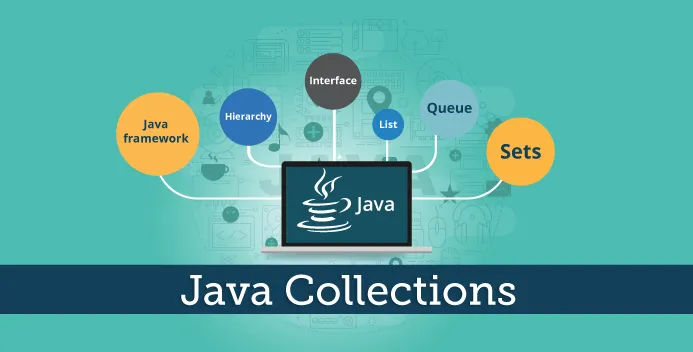Exploring Java Collections and Exception Handling: A Comprehensive Guide - tpointtech/Java GitHub Wiki
Exploring Java Collections and Exception Handling
In the world of Java programming, understanding collections and exception handling is fundamental to building robust and efficient applications. In this article, we'll delve into these key concepts, exploring what collections are, how exception handling works in Java, and how you can leverage these features to write better code.

Java Collections:
Collections in Java are objects that group multiple elements into a single unit. They provide a way to store, retrieve, and manipulate data efficiently. Java offers a rich set of built-in collection classes and interfaces, collectively known as the Java Collections Framework. This framework includes classes like ArrayList, LinkedList, HashMap, HashSet, and more, each designed for specific use cases.
What is a Collection in Java?
A collection in Java is an object that represents a group of elements. It provides methods for adding, removing, and accessing elements, as well as performing various operations such as searching, sorting, and iterating. Collections in Java can hold objects of any type, including primitive data types and custom objects.
Exception Handling in Java:
Exception handling is a mechanism in Java that deals with runtime errors or exceptional situations that may occur during program execution. In Java, exceptions are objects that represent abnormal conditions, such as division by zero, file not found, or out-of-memory errors. By handling exceptions gracefully, you can prevent your program from crashing and provide meaningful error messages to users.
What is Exception Handling in Java?
Exception handling in Java involves the use of try, catch, and finally blocks to handle exceptions. The try block contains the code that may throw an exception, while the catch block catches and handles the exception if it occurs. The finally block is optional and is used to execute cleanup code, such as closing resources, regardless of whether an exception occurs or not.
HashMap in Java:
HashMap is a class in Java that implements the Map interface, allowing you to store key-value pairs. It provides constant-time performance for basic operations such as adding, removing, and retrieving elements. HashMap uses a hash table data structure to store elements, making it efficient for large datasets.
Collection Framework in Java:
The Java Collections Framework is a set of classes and interfaces that provides a standardized way to work with collections in Java. It includes interfaces such as Collection, List, Set, and Map, along with their respective implementation classes. The Collection Framework provides a consistent API for manipulating collections, making it easy to write reusable and maintainable code.
Conclusion:
Collections and exception handling are essential aspects of Java programming, allowing you to efficiently manage data and handle errors gracefully. By mastering these concepts, you can write more robust, efficient, and reliable Java applications. Whether you're a beginner learning the basics of Java programming or an experienced developer looking to deepen your understanding, collections and exception handling are key topics to explore.
So, dive into the world of Java collections and exception handling, experiment with different data structures and error-handling techniques, and elevate your Java programming skills to new heights!